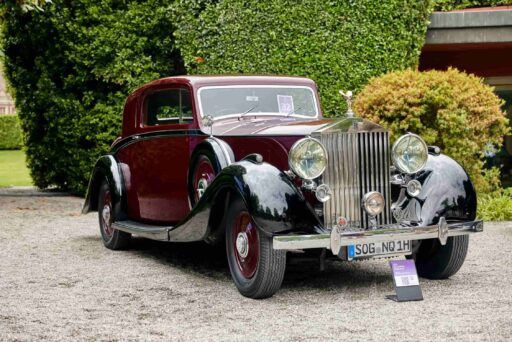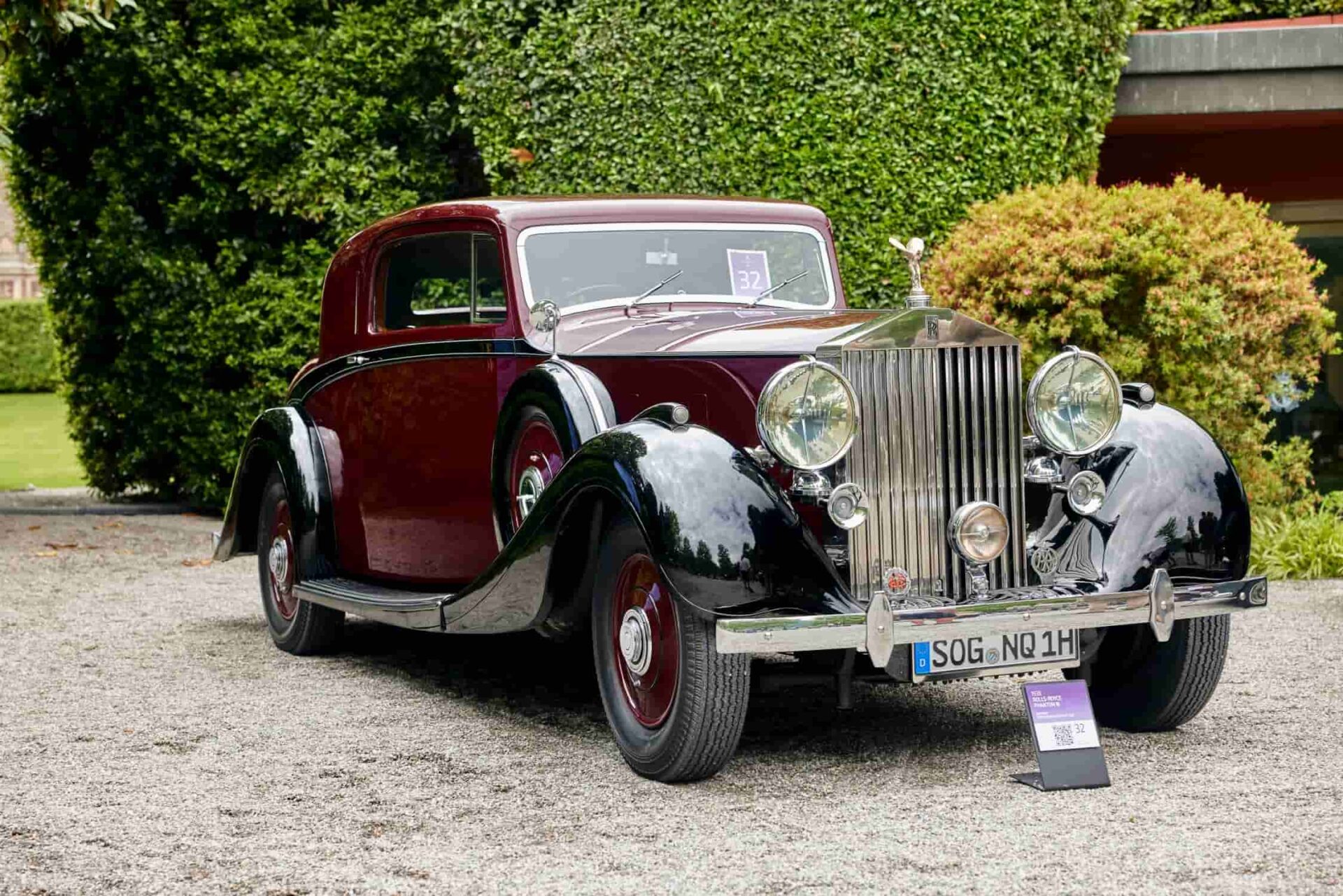Launched in 1936, the Rolls-Royce Phantom III holds a special place in automotive history as the first Rolls-Royce powered by a V12 engine and Sir Henry Royce’s last major design. This landmark model set new standards for the marque, blending technical innovation with unparalleled luxury and performance.
Technical Advancements
As early as 1930, Sir Henry Royce recognized the limitations of the in-line six-cylinder engines that had been the cornerstone of Rolls-Royce’s success. To compete with American luxury car manufacturers producing powerful V8, V12, and even V16 engines, Royce decided to develop a V12 engine.
Drawing on his extensive experience with V12 aero engines, Royce crafted a 7.3-liter V12 engine for the Phantom III, a significant departure from the 7.6-liter in-line six of its predecessor, the Phantom II. This new engine produced 165 horsepower, which later increased to 180 horsepower, delivering the power Royce sought.
READ MORE: Classic sports car set to be the most expensive Fiat EVER when it goes under the hammer

Chassis and Suspension Innovations
The Phantom III’s chassis also marked a significant leap forward. For the first time, Rolls-Royce equipped a car with independent front suspension, enhancing ride comfort and steering control. Royce’s team incorporated numerous smaller engineering advances that minimized noise, vibration, and harshness, making the Phantom III one of the quietest and smoothest-riding cars of its era. With lightweight coachwork, the Phantom III could reach speeds of 100 miles per hour, a remarkable feat for its time.
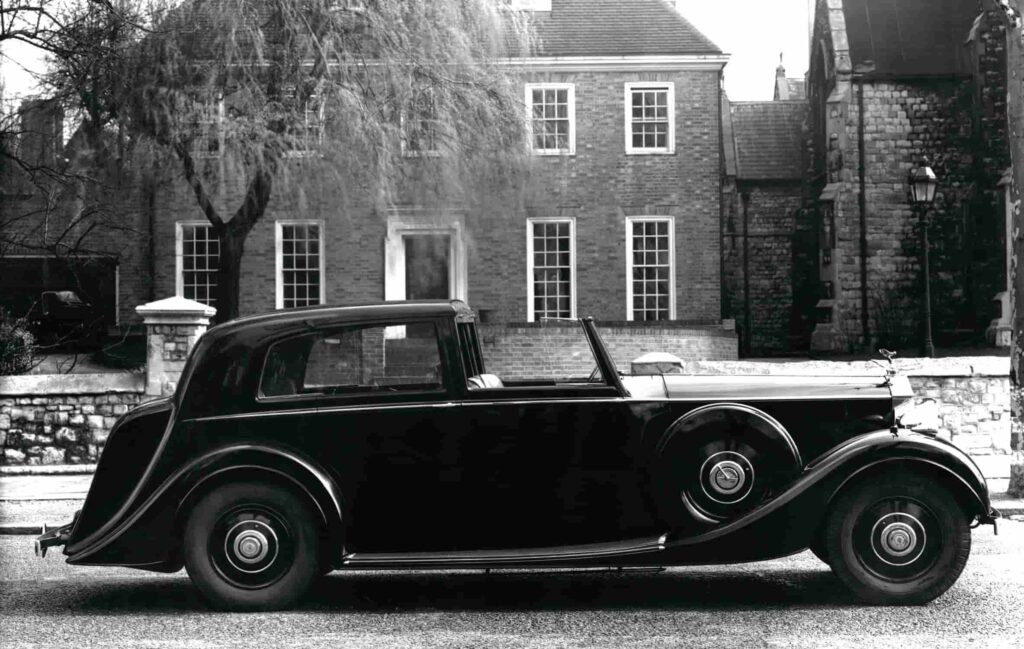
Legacy and Influence
The development of the Phantom III continued after Royce’s death in 1933, with ten experimental models built between 1934 and 1937 under the codename Spectre. This name, inspired by these prototypes, lives on in Rolls-Royce’s first all-electric model. The first production Phantom III chassis, featuring a saloon-with-division body by H. J. Mulliner, was delivered in August 1936. In total, 710 Phantom III cars were produced before Rolls-Royce halted production in 1939, with the last model sold in June 1940.
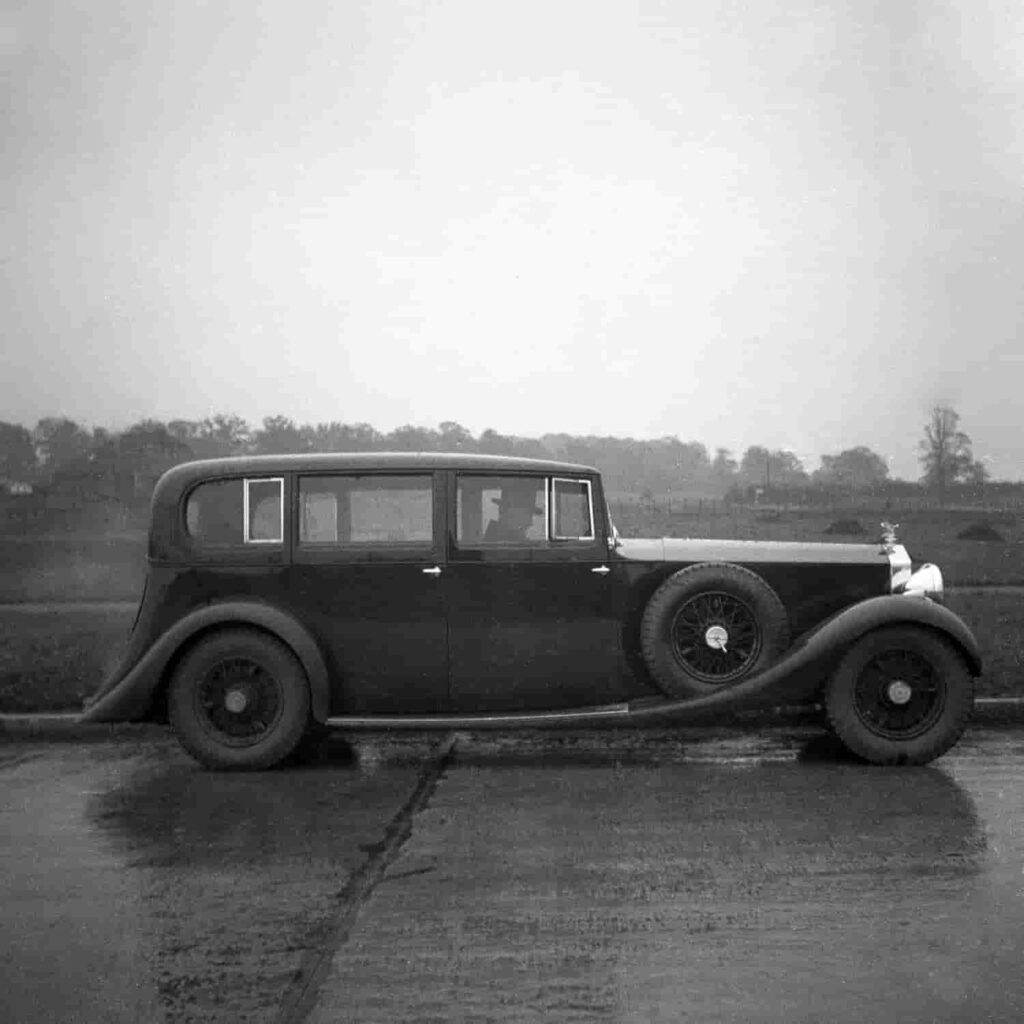
Enduring Impact
Although the Phantom III’s production was short-lived, its influence on Rolls-Royce’s design and engineering was profound. The technical advancements and design principles established by Royce continued to shape Rolls-Royce vehicles, including the V12-powered models built at Goodwood today. The Phantom III stands as a testament to Royce’s visionary talents and the marque’s commitment to excellence.
Celebration of Legacy
This year marks a year-long retrospective celebrating 120 years since Henry Royce first met Charles Rolls in 1904. As part of this celebration, the Phantom III is recognized for its pivotal role in the evolution of Rolls-Royce, embodying the luxury, performance, and innovative spirit that define the brand.
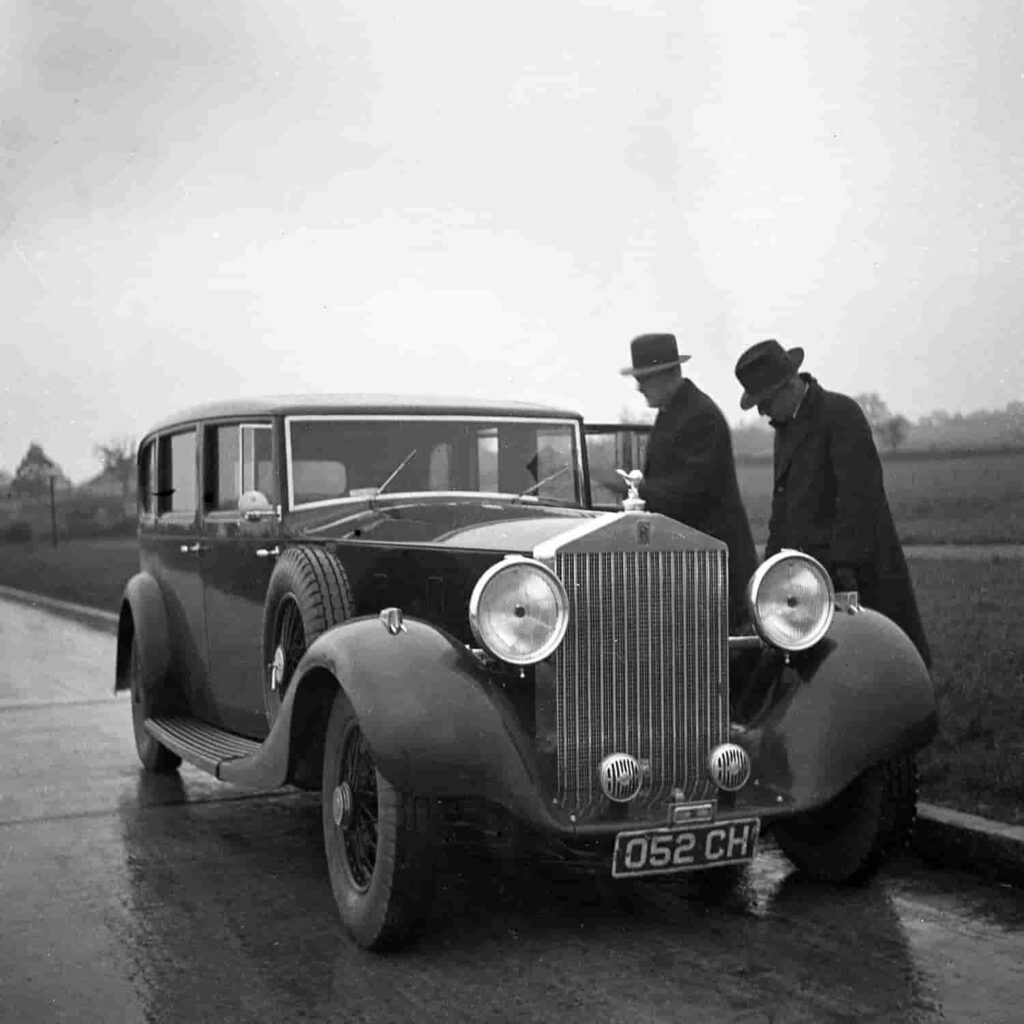
Conclusion
The Rolls-Royce Phantom III, with its pioneering V12 engine and advanced suspension system, remains an icon of 1930s luxury and engineering excellence. It represents the culmination of Sir Henry Royce’s career and a pivotal moment in the history of Rolls-Royce, influencing the marque’s direction for decades to come.
Source: Rolls-Royce Phantom III: Icon of the 1930s Luxury and Elegance
Subscribe today for the freshest car news delivered to your inbox
